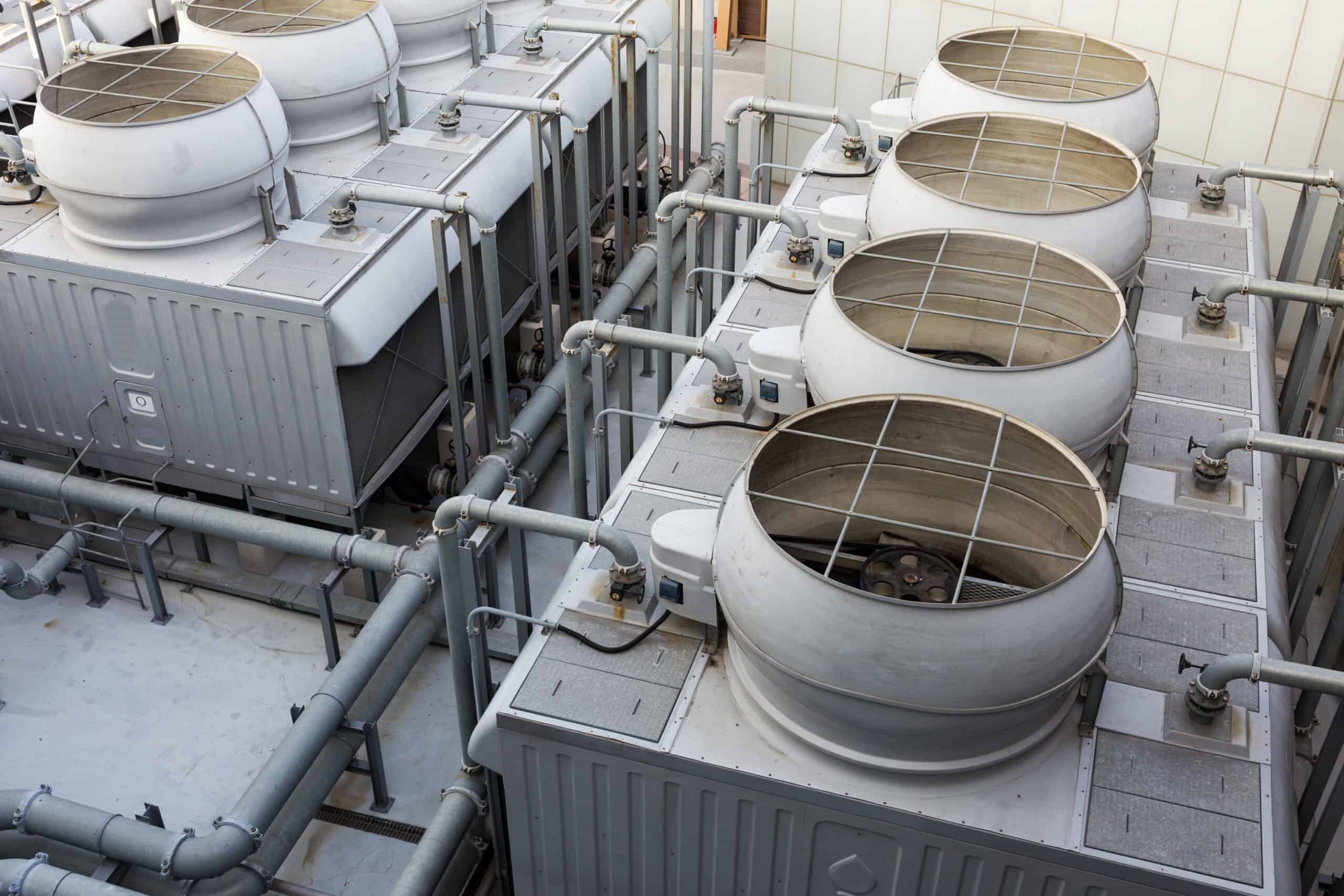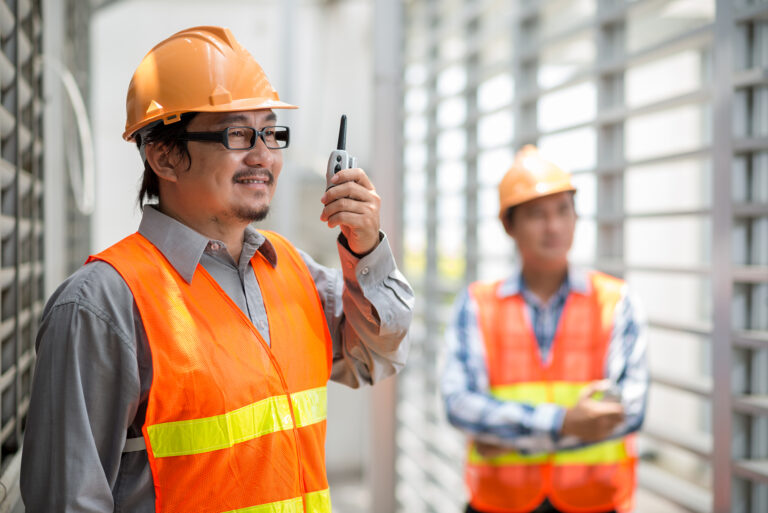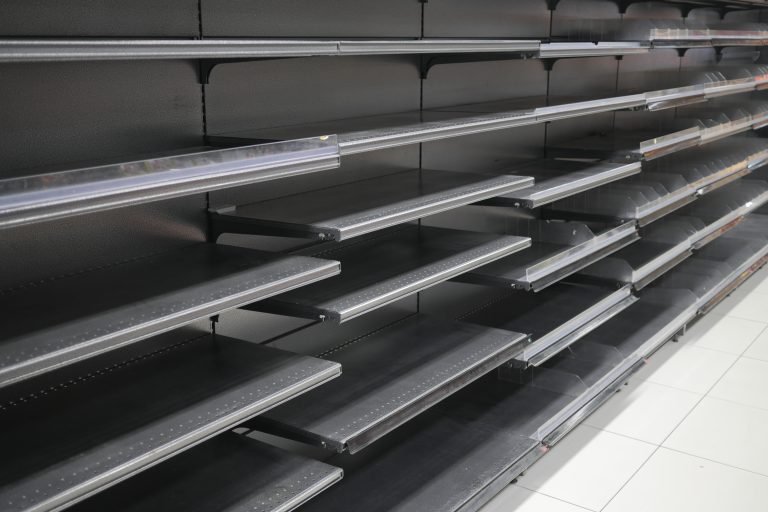In an earlier post, we discussed how to control humidity in commercial buildings to improve air quality. But humidity isn’t the only factor that can have an impact on air quality; ventilation also plays an important role. In addition to the unpleasant smells that might accumulate in a poorly ventilated space, failure to provide fresh air can lead to sick building syndrome – characterized by feeling unwell within a building due to poor air quality – and the deterioration of other health conditions. As safety should always be a priority for commercial building managers, ventilation considerations must be taken into account in order to ensure the overall health of a building’s occupants.
Ventilation systems work by bringing fresh air into a building while drawing out stale air from inside. They also remove pollutants, such as pollen and carbon monoxide, and slow the spread of respiratory diseases. Further, these systems help to remove humidity from the air, preventing the occurrence of condensation and, ultimately, mold – though of course, ventilation must be coupled with other best practices, including the installation of a reliable HVAC system and appropriate insulation.
There are several different ventilation options to help improve the airflow in a commercial building. Exhaust fans are a common choice for commercial bathrooms and kitchens, as they are an easy way to reduce odors and humidity. Kitchen fans in particular are needed to ensure that fumes, heat, and smoke from cooking are removed. However, exhaust fans are designed for use in limited areas only and do not bring in fresh air, limiting their practicality. Typically, a balanced ventilation system is comprised of both exhaust fans in areas prone to pollutants, and supply air fans in spaces that are often occupied by workers or customers. For an extra boost of ventilation, a make-up air unit can be installed to draw in additional fresh air from outside to compensate for air that has been removed by exhaust fans.
To minimize energy loss that occurs during the process of removing indoor air and pulling in fresh outdoor air, heat recovery ventilators (HRVs) and energy recovery ventilators (ERVs) are options. HRVs work via a heat exchange that captures heat from outgoing indoor air and transfers it to the air that is entering the building during cold months, and vice versa in the summer. An ERV, on the other hand, moves both heat and humidity, working to remove the latter from air brought into the building in order to minimize moisture.
Finally, it’s worth noting that there are some passive ventilation options available, such as roof turbines. However, while these may be appropriate in some cases, commercial buildings are often better suited for powered equipment that allows for full control over the system, rather than being dependent on weather conditions.
Both building and occupant health suffer when there is inadequate ventilation. By installing a high-quality ventilation system in your commercial space, you can ensure optimal air quality while also improving energy efficiency, comfort, and safety – leading to a happier, healthier environment for all.
Looking for a team to take the lead on your next project? At Pulse Construction, we’re committed to doing business with an honest, professional, and competitive approach – without compromising safety or schedules. Contact us today for all of your building needs.



